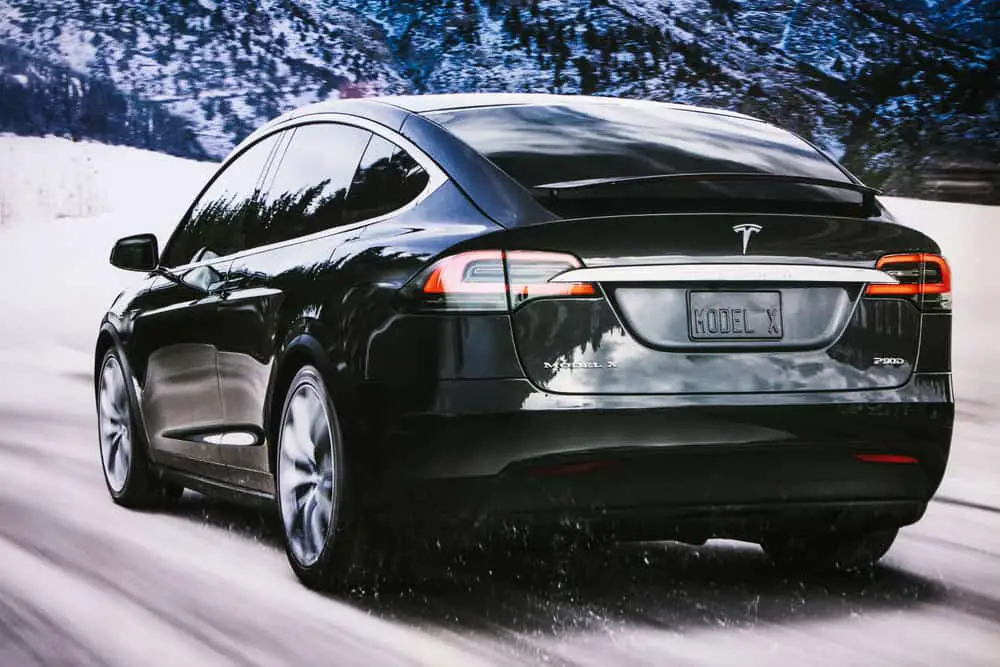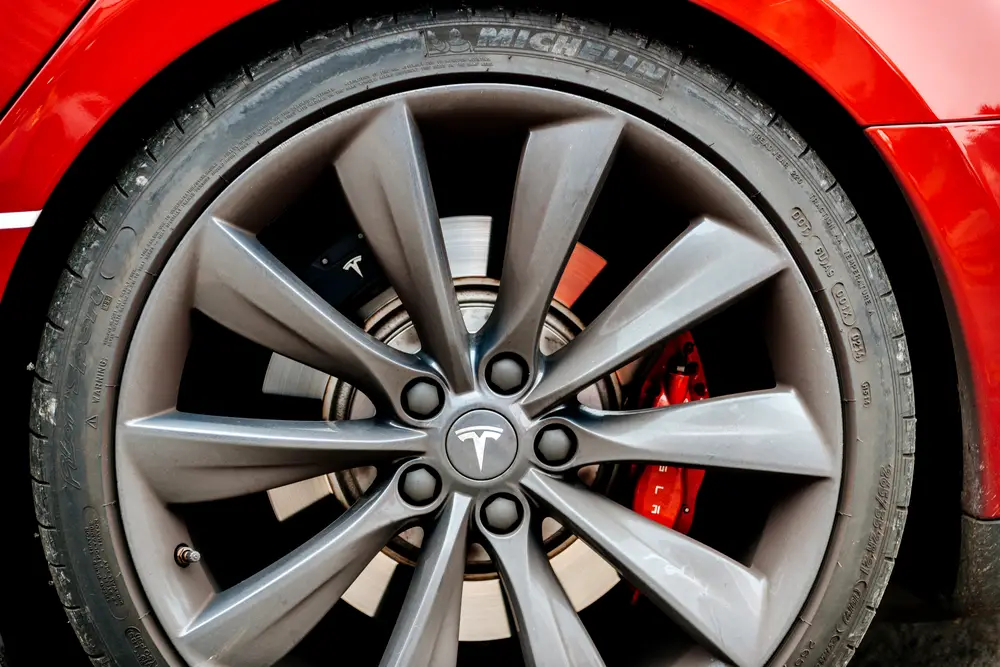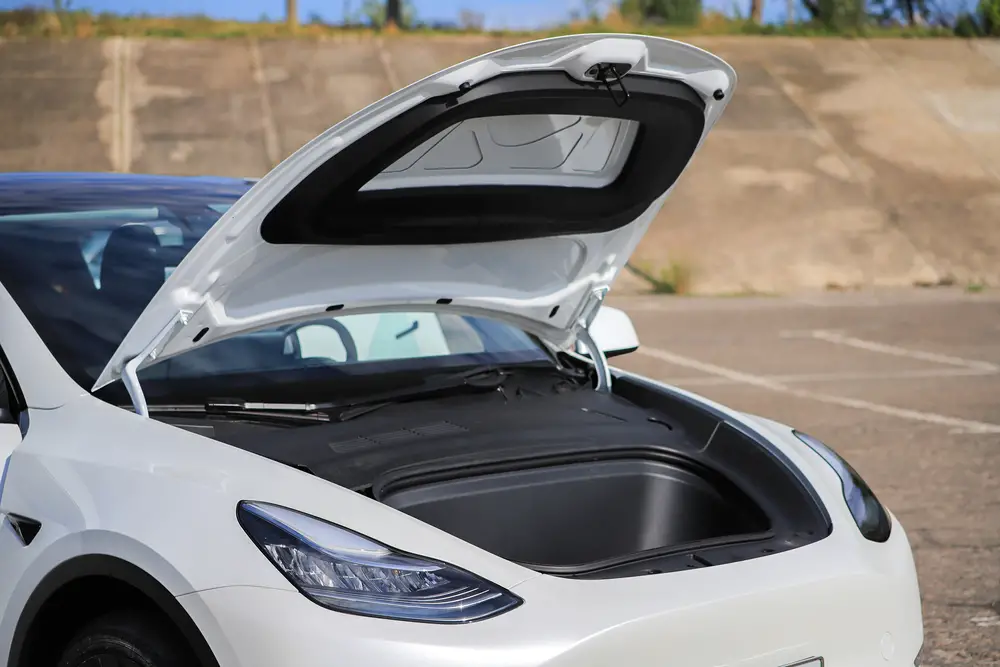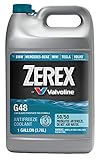As electric vehicles increase in popularity, many potential buyers are curious about the maintenance requirements of these cars.
It’s essential to understand the cooling system’s role in electric vehicles like Teslas to ensure optimal performance and overall lifespan.
Quick Answer:
Yes, Teslas use coolant for their battery packs and drive units. Proper thermal management ensures battery health and optimal performance. The cooling system circulates coolant to maintain temperature, especially during fast charging or intense driving. Regular checks are advised.
In Tesla vehicles, a liquid cooling system circulates coolant to keep these components at the right temperature.
This system is critical for ensuring the overall reliability and efficiency of the electric powertrain, preventing damage from excessive heat, and maintaining safe, consistent operation.
Why Tesla Vehicles Require Coolant
Battery and Motor Temperature
Tesla vehicles, like all electric cars, use a cooling system to regulate the temperature of their batteries and motors. The cooling system circulates coolant through the battery and motor components, helping to maintain a safe operating temperature.
This is essential because if these components become too hot, they can lose efficiency, decrease performance, and suffer from premature wear and tear or even failure.
One reason that coolant is necessary in a Tesla is that the battery generates heat as it charges and discharges. High temperatures can lead to increased battery degradation, which means reduced range and a shorter overall battery lifespan.
By circulating coolant through the battery pack, the cooling system works to mitigate this heat buildup, allowing for optimal performance.
Efficiency and Performance
Motor efficiency is another critical consideration when looking at the need for coolant in Tesla vehicles. Just like the battery, the electric motor produces heat during operation.
If the motor becomes too hot, its performance can be diminished. By maintaining a lower temperature, the motor can continue to deliver its full power output, meaning better acceleration and overall handling.
The cooling system of a Tesla vehicle contributes to its remarkable efficiency, performance, and longevity.
As the coolant circulates throughout key components like the battery and motor, it ensures they are operating at their optimal temperature, preventing any thermal damage and preserving the long-term health of the car.
Through the use of a well-designed cooling system, Tesla owners can enjoy a smoothly operating vehicle with impressive range and capabilities.
Cooling System Components
Radiators and Vents
Tesla vehicles, like traditional cars, utilize a cooling system to keep components at optimal temperatures. The radiators in a Tesla help dissipate heat generated by the battery and other components.
Airflow is important for cooling, and strategically placed vents allow for passive cooling as the vehicle moves.
Pumps
Tesla vehicles use electric cooling pumps to circulate coolant through the system. These pumps ensure a consistent flow rate across various components, helping to maintain proper temperatures and prevent overheating.
Hoses
Hoses play a crucial role in a Tesla’s cooling system by connecting various components and allowing coolant to flow. These hoses are typically made of durable materials, like silicone, to withstand high temperatures and pressure.
Pulleys
While traditional combustion engines use pulleys as part of the cooling system, Tesla’s electric motors do not require them. Therefore, you won’t find any pulleys in a typical Tesla cooling system.
Coolant Types and Maintenance
Tesla-Recommended Coolants
Tesla vehicles, including Model 3 and Model Y, require a specific coolant formula to maintain the safety and efficiency of their battery cooling systems. Tesla recommends using a glycol-based coolant specifically formulated for electric vehicles (EVs).
The G-48 ethylene-glycol coolant is one such example, serving as a reliable choice for Tesla owners. An alternative option is the Zerex G48 Antifreeze, which also meets the specifications required for Tesla vehicles.
- UNSURPASSED FREEZE PROTECTION AND ANTI-BOIL PERFORMANCE outperforms industry standards
- HYBRID ORGANIC ACID TECHNOLOGY is NAP-free with lower silicates, reduced pH and no phosphates
- HIGH-QUALITY ADDITIVES PROTECT AGAINST LEAKS and won’t harm gaskets, hoses or original vehicle finish
- PRE-MIXED DARK BLUE SOLUTION IS READY-TO-USE and comes in a 50/50 ratio with deionized water
- 5 YEAR/150,000 MILE GUARANTEE protects against engine failure caused by freeze-ups or boil-overs
Glycol-based coolants provide high-performance thermal conductivity, which is crucial for EV cooling systems. In addition, they offer outstanding protection against corrosion, cavitation, and deposit buildup that could harm the vehicle’s components over time.
Coolant Flushing and Replacement
Regular maintenance of your Tesla’s coolant system is essential to ensure optimal performance and longevity. It’s important to flush and replace the coolant at the recommended intervals found in the vehicle’s manual.
Typically, Tesla suggests a coolant flush every 4 years or 50,000 miles, whichever comes first.
A coolant flush involves draining the old coolant from the system and refilling it with fresh, compatible coolant. This process helps remove any potential contaminants and ensures that the cooling system performs at its best.
Safety and Longevity
Operating Temperature Range
Tesla vehicles are designed to handle a wide range of temperatures in order to ensure safety and longevity. The operating temperature range for the battery is from -30°C to 60°C (-22°F to 140°F).
In extreme conditions, such as winter or summer, the battery temperature should be maintained within this range to prevent any negative effects on performance, efficiency, and battery life.
Tesla’s battery thermal management system helps keep the battery within its desired operating temperature. This system uses a liquid coolant circulated throughout the battery pack, effectively transferring heat away from the cells during high energy usage and warming the battery during cold weather.
This process also enables the battery to operate at its optimum efficiency, thus ensuring the performance and energy levels needed for your vehicle’s journey.
Coolant’s Impact on Battery Life
Proper coolant maintenance plays a critical role in the longevity of Tesla’s battery packs. A well-maintained coolant system can help extend the life of the battery since it prevents cells from experiencing excessive thermal stress.
Some key factors to consider regarding coolant and battery life include:
- Boiling Point: The coolant used in Tesla vehicles has a high boiling point, which helps prevent overheating.
- Freezing Point: The coolant’s low freezing point allows it to remain liquid even in extremely cold temperatures, ensuring that it’s effective in winter conditions.
- Lifespan: Coolant requires regular maintenance and periodic replacement, typically every 4 years, as specified in Tesla’s warranty. This helps maintain its effectiveness and ensures proper battery temperature regulation.
Extreme Weather Performance

Winter Challenges
Teslas are designed to handle various weather conditions, including extreme cold. However, winter weather can still present some challenges. For instance, the battery may lose some of its range in cold temperatures, and freeze-ups may occur in some parts of the vehicle.
To address these issues, Teslas come equipped with a heat pump which helps maintain battery temperature and overall vehicle performance.
It’s important to ensure that the windshield washer fluid is rated for freezing temperatures to avoid any complications in colder climates. Using a proper mix of propylene glycol and water for coolant can also help maintain reliability during the winter months.
Overheating Prevention
In hot weather, Teslas may experience a higher risk of overheating, but the vehicles are designed to manage this risk effectively. The cooling system uses coolant made of a mixture of water and propylene glycol to maintain optimal temperatures.
This coolant circulates through the battery pack, power electronics, and motor, effectively dissipating heat.
One feature of Teslas that helps to prevent overheating is called Ludicrous mode. When this mode is enabled, the vehicle will prioritize thermal management and power output to make sure the performance stays consistent even in extreme heat.
Comparing EV and Traditional Vehicle Cooling Systems
Combustion Engine vs Electric Motor
Traditional gasoline cars use internal combustion engines that generate a significant amount of heat during operation. To prevent overheating, they employ a liquid cooling system, which circulates coolant through the engine, absorbing heat and transferring it to a radiator that dissipates the heat into the environment.
The cooling systems in traditional cars are complex and require regular maintenance to ensure optimal performance.
Electric vehicles (EVs), like Teslas, use electric motors instead of combustion engines. Electric motors produce considerably less heat, making the cooling system less crucial.
However, the batteries and other electronic components in EVs also generate heat and need to be kept within a specific temperature range for optimal performance and longevity.
As a result, most electric cars use a liquid cooling system to manage battery temperature, but the overall design and complexity are often simpler than a traditional car’s cooling system.
Required Maintenance Differences
In terms of maintenance, electric vehicles generally require less attention compared to their traditional counterparts. The cooling system in gasoline cars often needs the coolant to be flushed and replaced periodically, in addition to checking hoses, belts, and the water pump for wear and potential failure.
On the other hand, the cooling systems in electric vehicles, like Teslas, typically demand less maintenance. While coolant is still used in some EVs, the frequency of replacement is usually lower than in traditional cars. Additionally, electric vehicles have fewer moving parts, reducing the chances of wear-related issues.
Additional Tesla Maintenance
Brake and HVAC System Maintenance
Tesla vehicles require regular maintenance for their brake and air conditioning systems, as with any other vehicle on the road.
For the braking system, this includes brake fluid changes and checking the brake calipers to ensure they are functioning appropriately.
The air conditioning system in a Tesla also needs attention, especially due to its unique features. Among these is the regenerative braking system, which requires working closely with an air conditioning compressor.
This compressor uses refrigerant and sometimes contains an A/C desiccant bag to help maintain the system’s performance and efficiency.
The cabin air filter and HEPA filter are responsible for keeping the air inside your Tesla clean and free of harmful particles. They should be replaced according to Tesla’s recommended maintenance schedule.
Tire Care and Replacement

Proper tire care is essential for any Tesla vehicle, just as with any other car. Regularly inspect the tread depth of your tires, and replace them when necessary. Properly maintaining your tires not only ensures a safe driving experience but also lowers the strain on the regenerative braking system.



